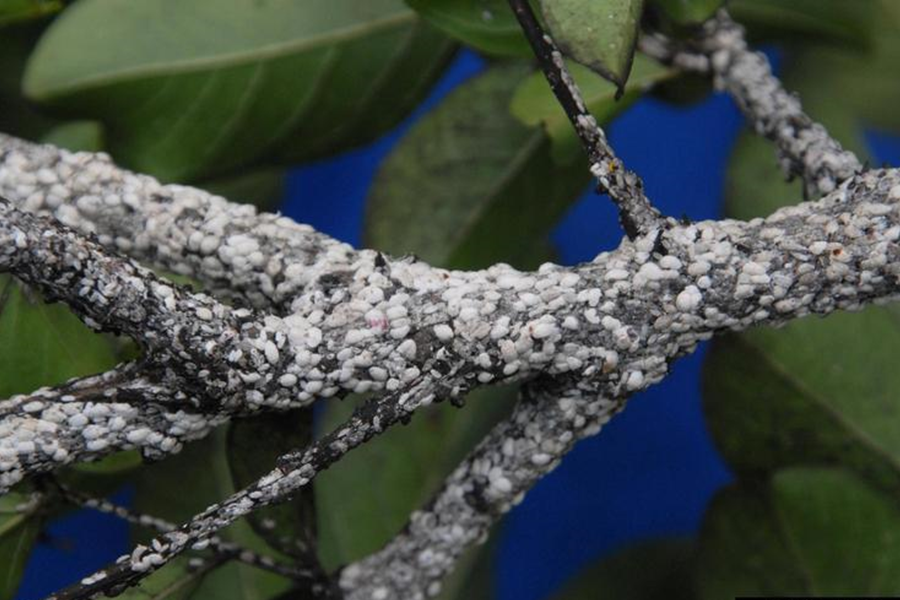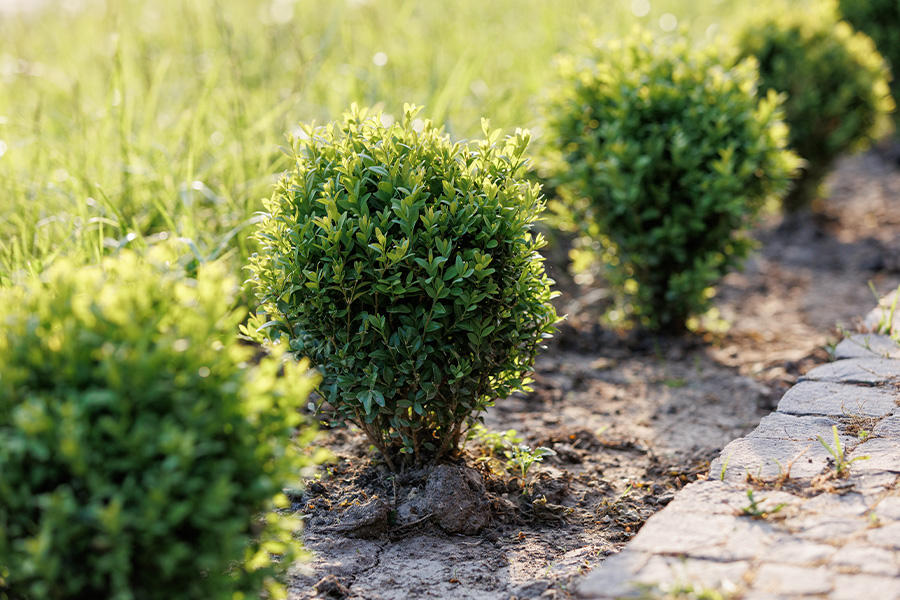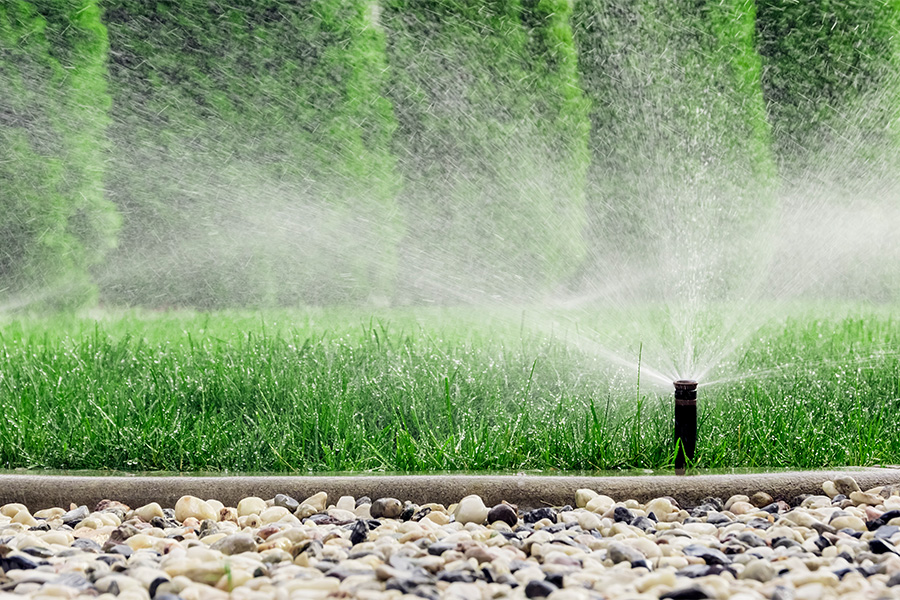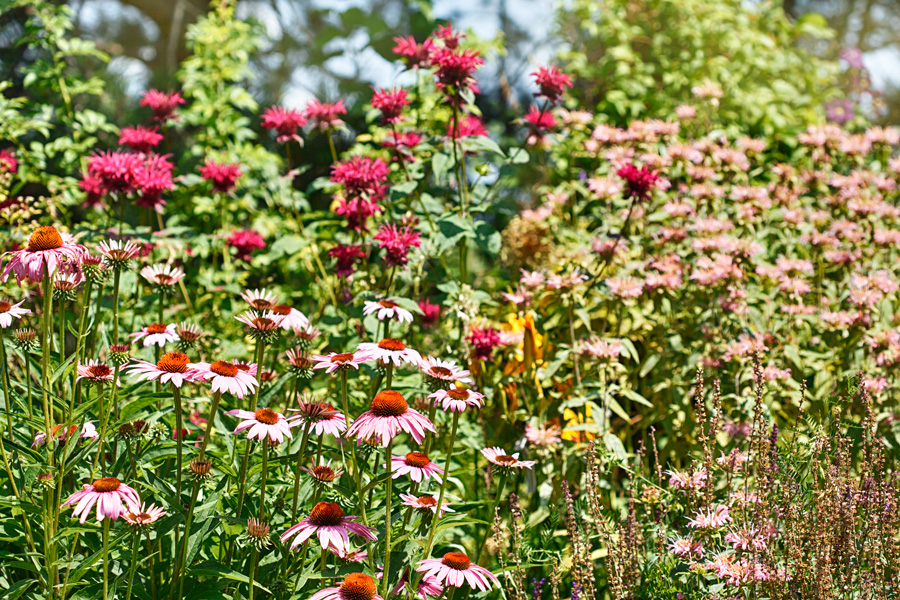Landscaping
-

This publication is a monthly guide for professional managers of commercial, recreational, municipal, institutional or private grounds in Georgia.
Gil W. Landry, Michael D Toews, Paul A. Thomas, Bodie V. Pennisi, Timothy R. Murphy, and Beverly Sparks
|
-

This circular discusses the most common ground covers, both native and non-native plants, that are suitable for culture in North Georgia landscapes in shaded areas.
Bodie V. Pennisi and Nathan Eason
|
-

The crape myrtle bark scale (CMBS) is an emerging threat to crape myrtle (Lagerstroemia spp.) in Georgia. As the name indicates, this scale pest attacks the bark of crape myrtle, the only known scale insect that infests crape myrtle bark. A native of Asia, CMBS was first confirmed in Dallas, Texas, in 2004. Since then, the pest has gradually expanded its range to the southeastern states. In Georgia, it was first confirmed in Coweta County in 2014. In 2019, CMBS were found infesting crape myrtles in an ornamental nursery in south Georgia. They can potentially spread in zones 6 to 9.
William G. Hudson and Shimat V. Joseph
|
-

This publication provides alternative plants to replace boxwood in landscapes across Georgia. It includes information on new cultivars and cautions against the use of plants on the GA-EPPC invasive plant list, as well as species and cultivars affected by common pests and diseases.
Bodie V. Pennisi, Gary Peiffer, and Greg Huber
|
-

C 1081
New Native Little Bluestems
Little Bluestem (Schizachyrium scoparium) is a drought tolerant, low maintenance native plant. This ornamental, warm season perennial grass tolerates a wide range of soil conditions and is easily grown. Its purplish bronze blooms and vertical clusters of slender leaves make it a lovely addition to any landscape. It is cold hardy in Georgia, although it may suffer moderate damage in cold winters in the North Georgia mountains. Dr. Carol Robacker of the University of Georgia and Dr. Melanie Harrison of the United States Department of Agriculture have recently created new Little Bluestem cultivars with improved form, reduced height, and more intense red or blue foliage. Several of these desirable new plants are now available to the landscape industry and the public!
Carol Robacker and Bodie V. Pennisi
|
-

A regular fertilization program is important to maintain healthy, attractive turf and should include applying the correct analysis of fertilizer, using the correct amount, and fertilizing at the proper time. Turfgrasses require a number of nutrients for growth. Three of these—carbon, hydrogen, and oxygen—are rarely lacking because grasses get these elements from carbon dioxide in the atmosphere and water from the soil.
The remaining eighteen essential elements are also obtained from the soil. Nitrogen (N), phosphorus (P), and potassium (K) are needed in the highest concentrations. These major elements are commonly supplemented with fertilizer. The three numbers on the front of fertilizer bags are often called the ”N-P-K” numbers.
In addition to these major nutrients, secondary nutrients and micronutrients are also essential for plant growth. Understanding fertilizer terminology and the different types of nitrogen sources is important when establishing a lawn management plant. Nontraditional or “organic” fertilizers are also an option for homeowners.
Clint Waltz and Becky Griffin
|
-

Selecting a qualified irrigation contractor is very important. There are many irrigation products available and the installation process requires skill, knowledge and equipment. This publication outlines general considerations for purchasers of a landscape irrigation system. It also underscores the importance of considering the cost of water when selecting a contractor and protecting desirable trees during the installation process.
Gary L. Hawkins
|
-

Ornamental plantings can be attractive and beneficial options for the expanse of open ground designated for a septic drainfield. Properly chosen plants help manage moisture and nutrient levels in the soils around the drainfield, and can discourage activities that may cause site compaction and reduce the effectiveness of the system. The drawback is that poor plant choices can create costly maintenance issues, and any septic drainfield repair work could disturb planting areas that you value. By following a few simple guidelines, planting in these areas can be both pretty and practical.
Sheri Dorn
|
-

C 1027-9
Garden Fencing
This publication describes options for fencing a community or school garden, including fence types and materials.
David Berle and Bob Westerfield
|